2-Chloro-4-nitrophenol
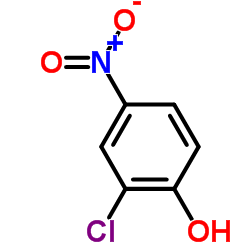
2-Chloro-4-nitrophenol structure
|
Common Name | 2-Chloro-4-nitrophenol | ||
|---|---|---|---|---|
| CAS Number | 619-08-9 | Molecular Weight | 173.554 | |
| Density | 1.6±0.1 g/cm3 | Boiling Point | 290.6±25.0 °C at 760 mmHg | |
| Molecular Formula | C6H4ClNO3 | Melting Point | 106 °C | |
| MSDS | Chinese USA | Flash Point | 129.6±23.2 °C | |
| Symbol |

GHS07 |
Signal Word | Warning | |
| Name | 2-Chloro-4-nitrophenol |
|---|---|
| Synonym | More Synonyms |
| Density | 1.6±0.1 g/cm3 |
|---|---|
| Boiling Point | 290.6±25.0 °C at 760 mmHg |
| Melting Point | 106 °C |
| Molecular Formula | C6H4ClNO3 |
| Molecular Weight | 173.554 |
| Flash Point | 129.6±23.2 °C |
| Exact Mass | 172.987976 |
| PSA | 66.05000 |
| LogP | 2.22 |
| Vapour Pressure | 0.0±0.6 mmHg at 25°C |
| Index of Refraction | 1.627 |
| InChIKey | BOFRXDMCQRTGII-UHFFFAOYSA-N |
| SMILES | O=[N+]([O-])c1ccc(O)c(Cl)c1 |
| Water Solubility | slightly soluble |
CHEMICAL IDENTIFICATION
HEALTH HAZARD DATAACUTE TOXICITY DATA
|
| Symbol |

GHS07 |
|---|---|
| Signal Word | Warning |
| Hazard Statements | H302-H312-H315-H319-H332-H335 |
| Precautionary Statements | P261-P280-P305 + P351 + P338 |
| Personal Protective Equipment | dust mask type N95 (US);Eyeshields;Gloves |
| Hazard Codes | Xn:Harmful; |
| Risk Phrases | R22;R36/37/38 |
| Safety Phrases | S26-S36-S37/39 |
| RIDADR | 2811 |
| WGK Germany | 3 |
| RTECS | SK5075000 |
| HS Code | 29089000 |
| Precursor 9 | |
|---|---|
| DownStream 10 | |
| HS Code | 2908999090 |
|---|---|
| Summary | 2908999090 halogenated, sulphonated, nitrated or nitrosated derivatives of phenols or phenol-alcohols。Supervision conditions:None。VAT:17.0%。Tax rebate rate:9.0%。MFN tariff:5.5%。General tariff:30.0% |
|
Truncated structures used in search for new lead compounds and in a retrospective analysis of thienopyrimidine-based EGFR inhibitors.
Eur. J. Med. Chem. 94 , 175-94, (2015) An approach for optimization of epidermal growth factor receptor tyrosine kinase (EGFR-TK) inhibitors using truncated thienopyrimidine structures combined with enzymatic assay has been evaluated. This... |
|
|
Alpha-amylase reactivity in relation to psychopathic traits in adults.
Psychoneuroendocrinology 54 , 14-23, (2015) Recent investigations of the psychobiology of stress in antisocial youth have benefited from a multi-system measurement model. The inclusion of salivary alpha-amylase (sAA), a surrogate marker of auto... |
|
|
[Combination of antimycotic preparations and natural proteinase inhibitors in otomycosis].
Rev. Laryngol. Otol. Rhinol. (Bord.) 114(1) , 59-61, (1993) In vitro experiments, Terrilytinum* increases the antimycotic activity of Clotrimazolum* and Nitrofungin*, and cancels out the inhibitory effect of Contrycal*. The combined application of Clotrimazolu... |
| 2-Chloro-4-nitrophenol |
| Phenol, 2-chloro-4-nitro- |
| 3-Carboxybenzaldehyde |
| EINECS 210-578-8 |
| MFCD00043910 |
| 2-Chlor-4-nitrobenzolol |
 CAS#:95-57-8
CAS#:95-57-8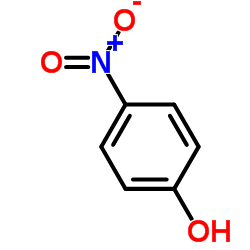 CAS#:100-02-7
CAS#:100-02-7 CAS#:121-73-3
CAS#:121-73-3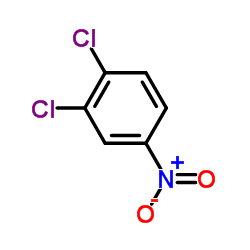 CAS#:99-54-7
CAS#:99-54-7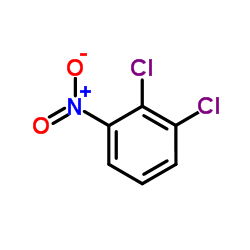 CAS#:3209-22-1
CAS#:3209-22-1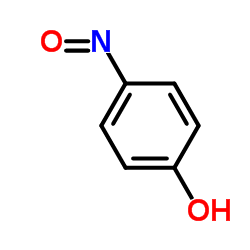 CAS#:104-91-6
CAS#:104-91-6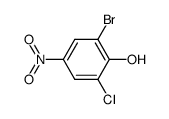 CAS#:20294-55-7
CAS#:20294-55-7 CAS#:3964-56-5
CAS#:3964-56-5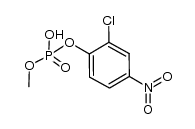 CAS#:58286-59-2
CAS#:58286-59-2![3-Chloro-4-[(pyridin-2-yl)methyloxy]aniline structure](https://image.chemsrc.com/caspic/030/524955-09-7.png) CAS#:524955-09-7
CAS#:524955-09-7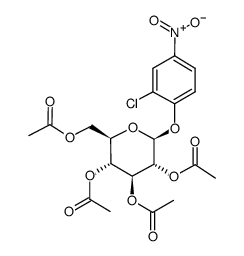 CAS#:35023-71-3
CAS#:35023-71-3 CAS#:4920-79-0
CAS#:4920-79-0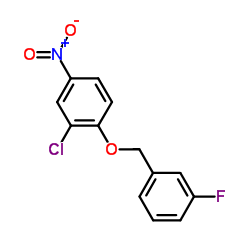 CAS#:443882-99-3
CAS#:443882-99-3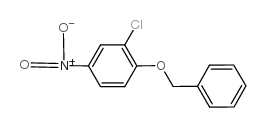 CAS#:50508-54-8
CAS#:50508-54-8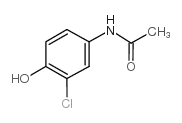 CAS#:3964-54-3
CAS#:3964-54-3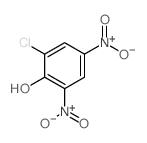 CAS#:946-31-6
CAS#:946-31-6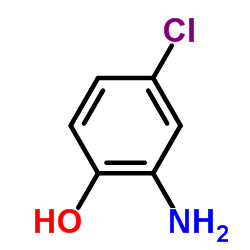 CAS#:3964-52-1
CAS#:3964-52-1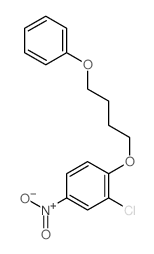 CAS#:21278-58-0
CAS#:21278-58-0![Benzonitrile,4-[4-(2-chloro-4-nitrophenoxy)butoxy]- structure](https://image.chemsrc.com/caspic/137/22197-84-8.png) CAS#:22197-84-8
CAS#:22197-84-8
